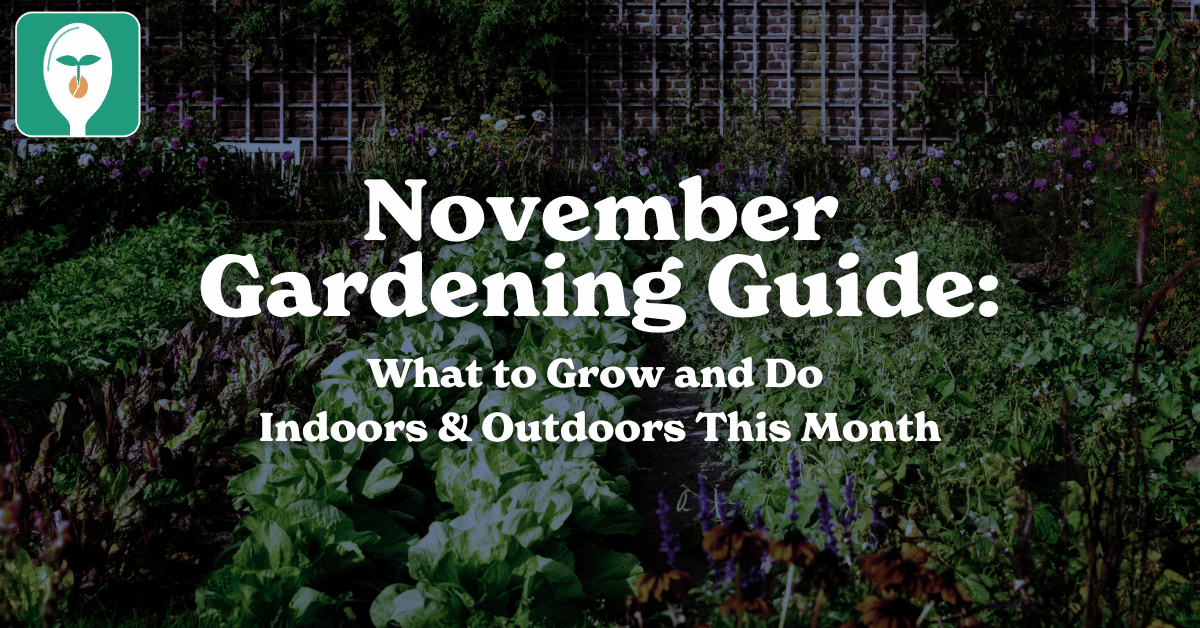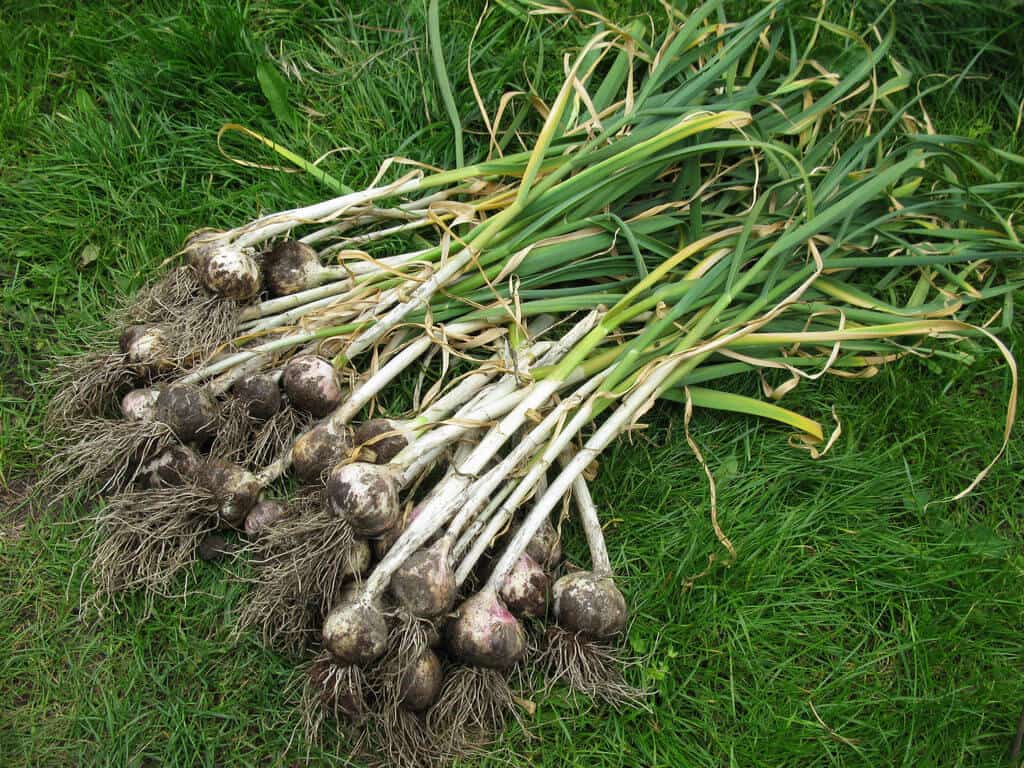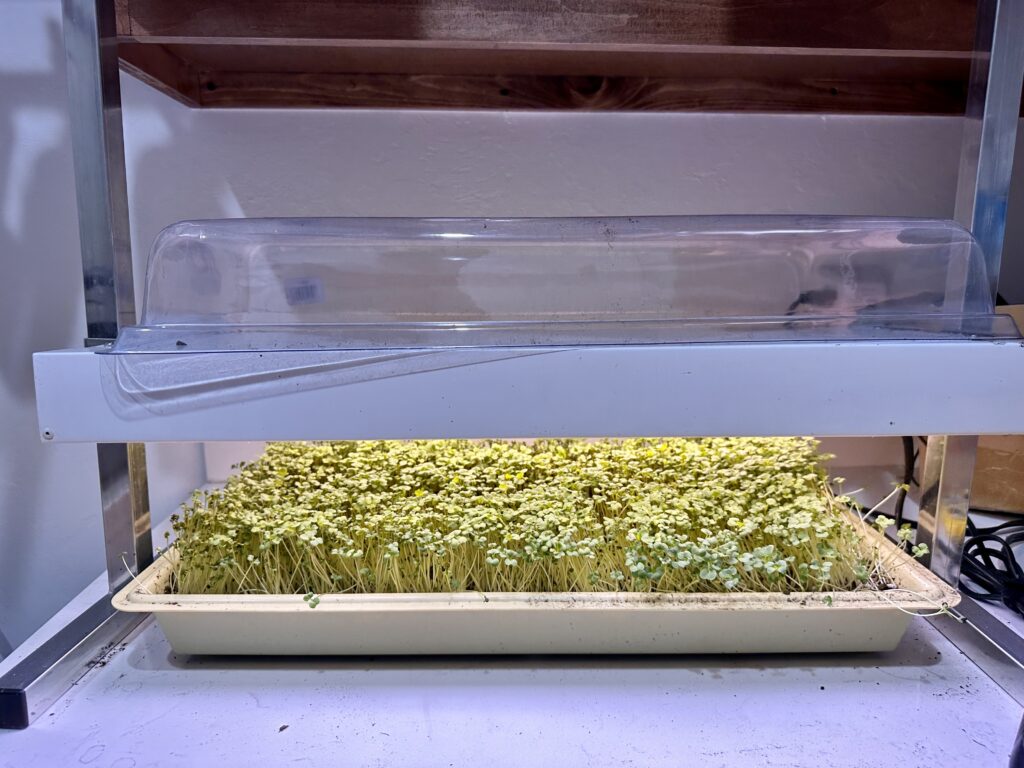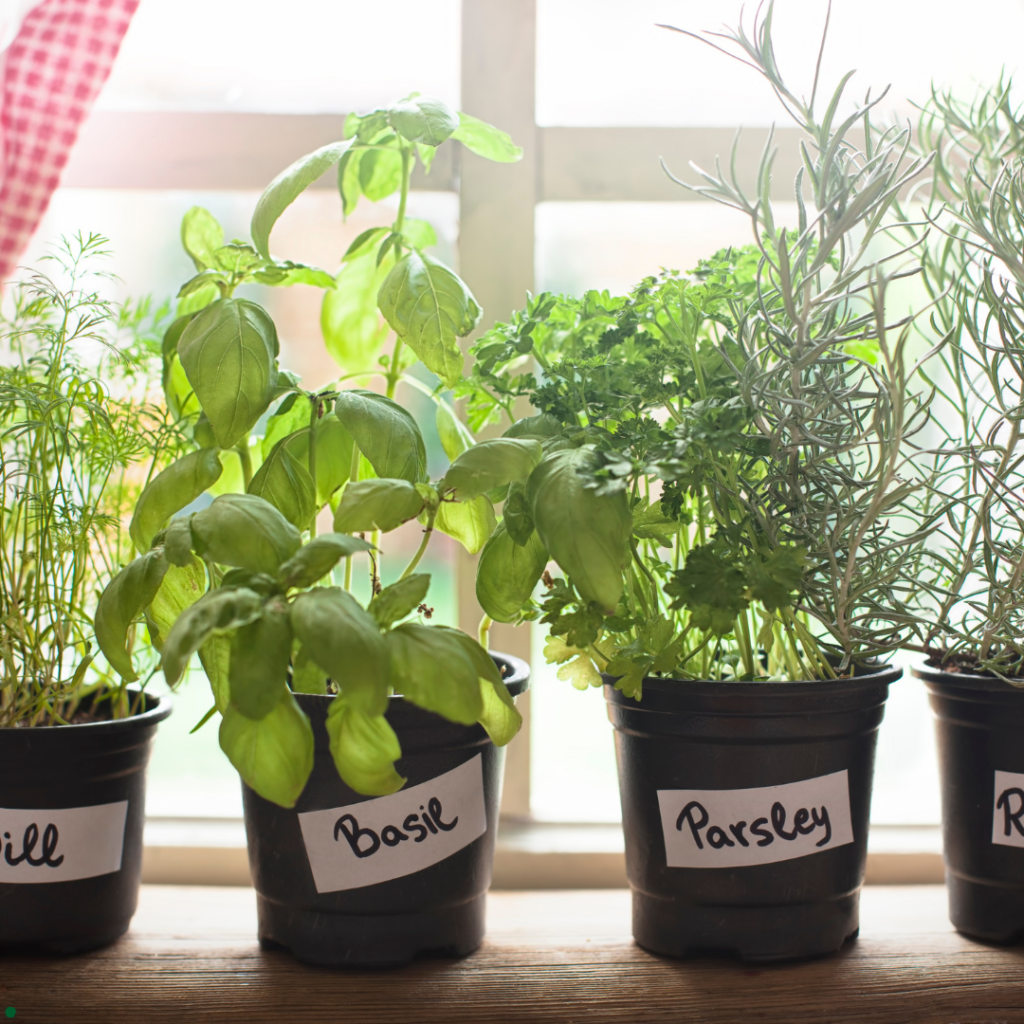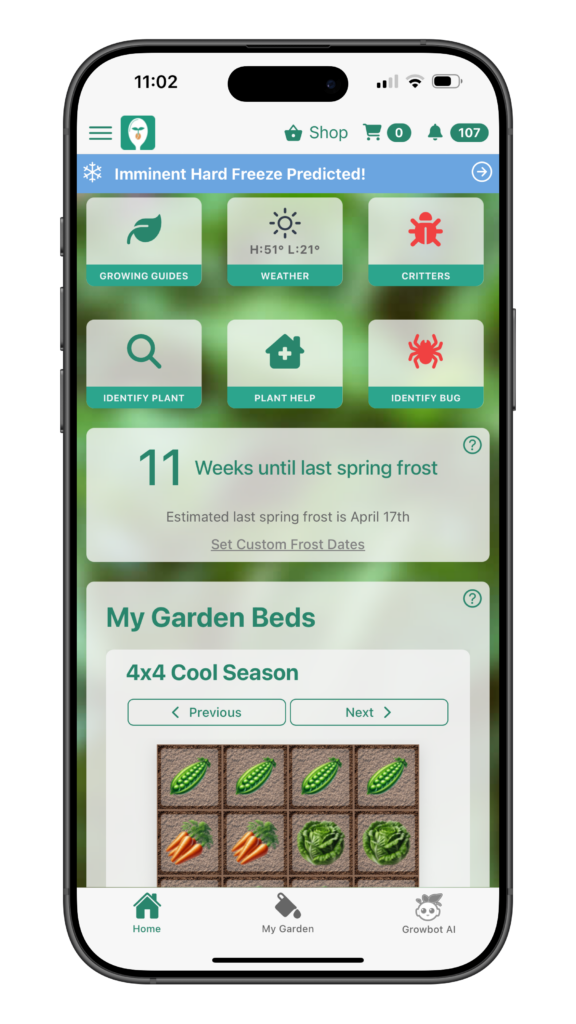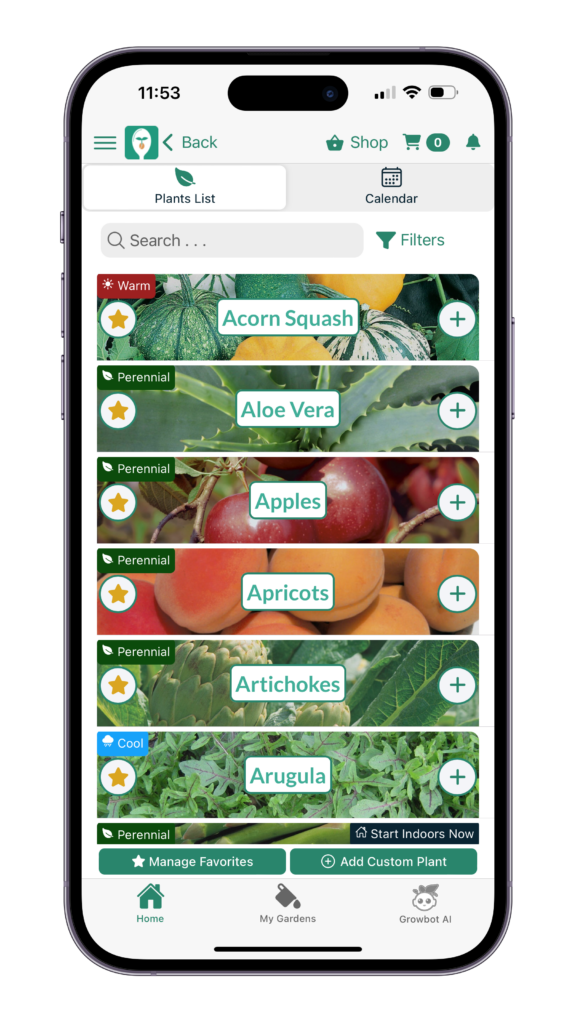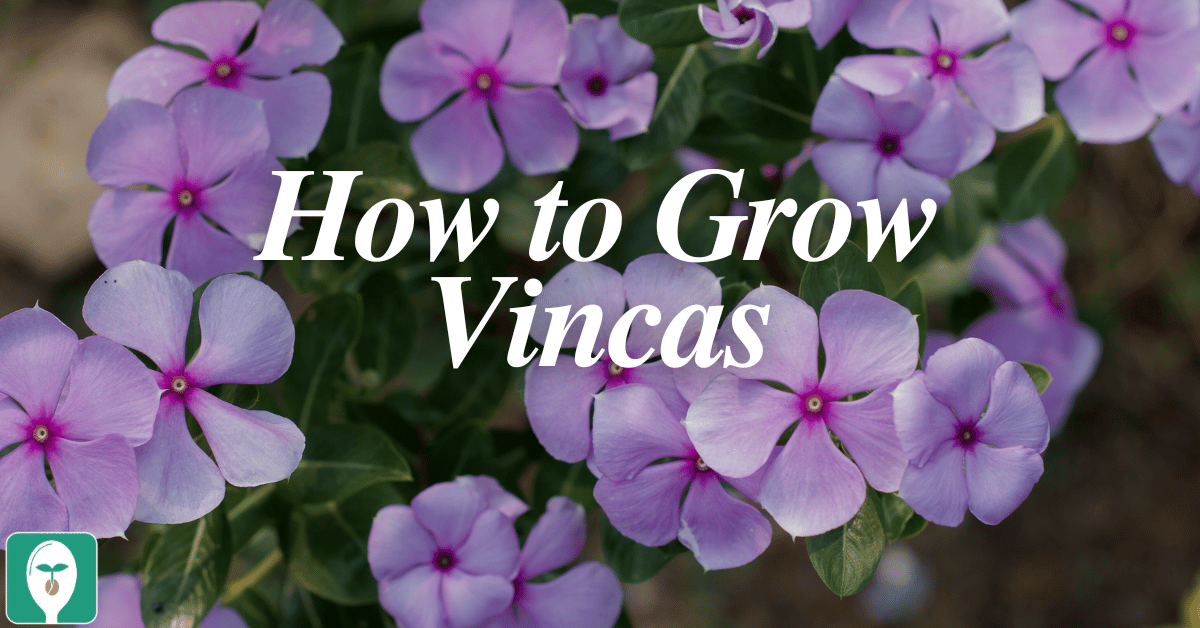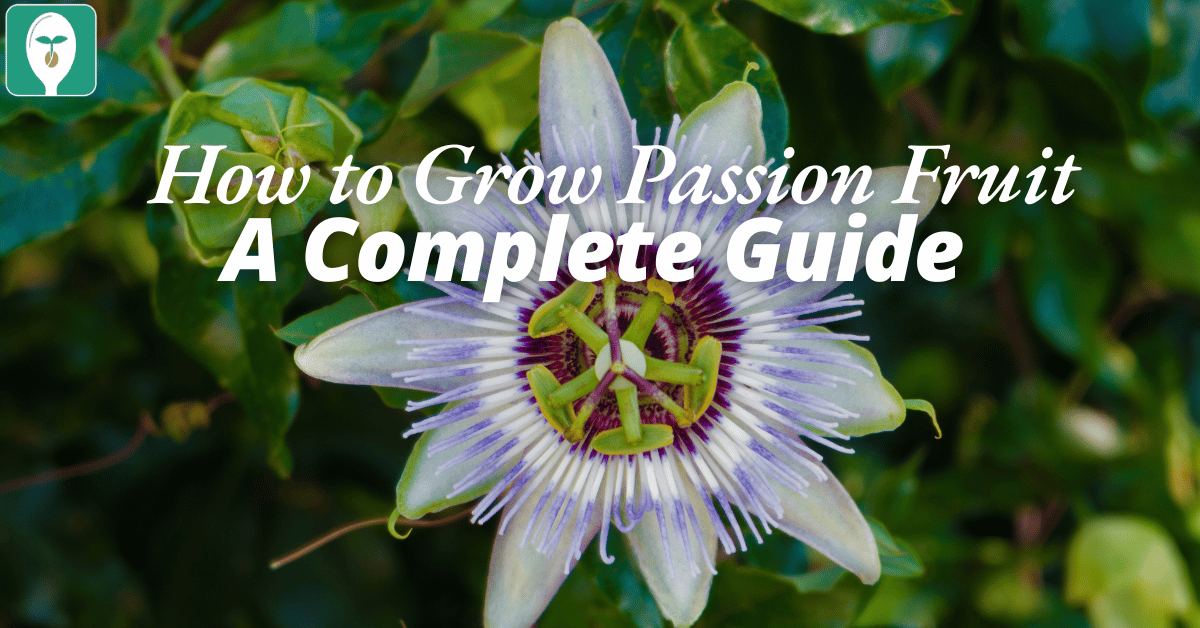November Gardening Guide: What to Grow and Do Indoors & Outdoors This Month
November is a pivotal month in gardening, as temperatures drop and the growing season shifts from outdoor beds to indoor gardens in many regions. Whether you’re prepping outdoor spaces for winter or cultivating fresh greens indoors, there’s plenty to do to keep your green space thriving. Here’s a guide on what to grow, plant, and maintain in your garden—both indoors and out—during November.
Outdoor Gardening in November
November marks the time for final outdoor preparations before winter fully arrives. This month, focus on protecting plants, prepping soil, and setting the stage for a productive spring.
Plant Garlic
Garlic is one of the best crops to plant in November. It needs a winter chill to produce large bulbs and is low maintenance once established. Choose a sunny spot, plant individual cloves about 2 inches deep, and mulch well with straw or leaves to insulate them against the cold.
Add a Layer of Mulch
Applying mulch in November helps protect perennials and tender plants from harsh winter conditions. Use leaves, wood chips, or pine shavings to insulate root zones, reduce soil erosion, and add organic matter that will enrich your soil over time.
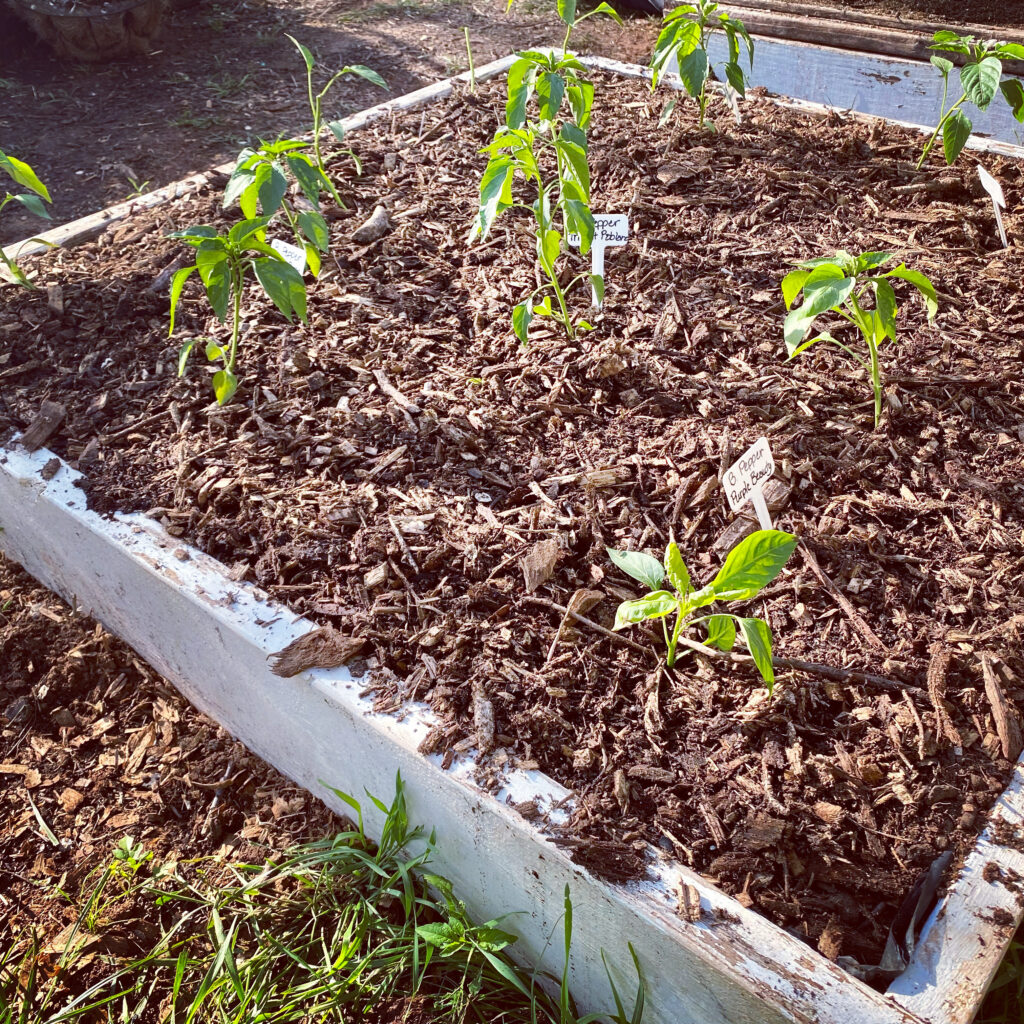
Plant Cover Crops
Cover crops like clover, winter rye, or vetch are beneficial in maintaining soil health. They help prevent weeds, add nutrients to the soil, and protect against erosion during the dormant winter months. Planting these crops in November will give your garden soil a boost for next spring.
Protect Plants with DIY Cold Frames or Hoophouses
If you’re hoping to extend the growing season for cool-season crops like lettuce, spinach, or kale, a simple cold frame or hoophouse can work wonders. These protective structures help maintain warmer soil temperatures, allowing plants to continue growing even as temperatures drop.
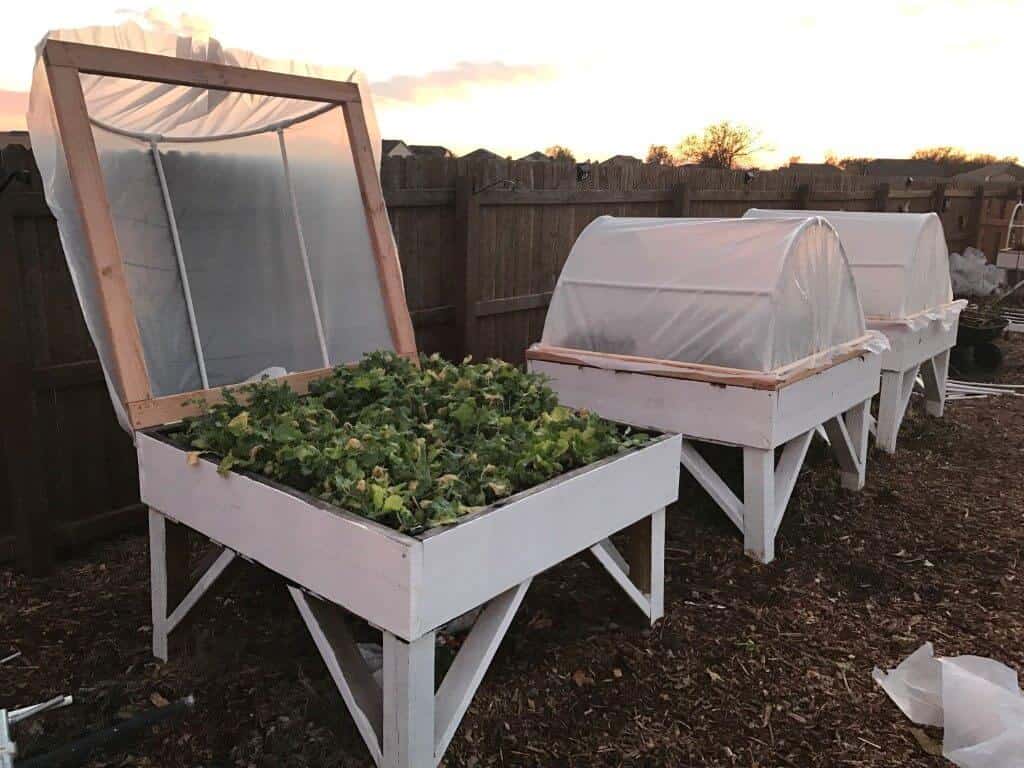
2. Indoor Gardening in November
Indoor gardening lets you grow fresh produce and herbs all winter long, adding a touch of green to your home when it’s too cold outside. Here are some plants that thrive indoors in November.
Start Growing Microgreens
Microgreens are packed with flavor and nutrients, and they’re easy to grow indoors. Use shallow trays, scatter seeds of your choice (like radish, kale, or arugula), and keep them in a well-lit area. Microgreens are ready to harvest in as little as two weeks, making them a quick, rewarding indoor crop.
Cultivate Kitchen Minis
Miniature varieties of tomatoes and peppers are ideal for indoor growth in November. Look for compact types bred specifically for small spaces, and place them in a sunny window or under grow lights. These “kitchen minis” add fresh flavor to winter meals and thrive in indoor environments.
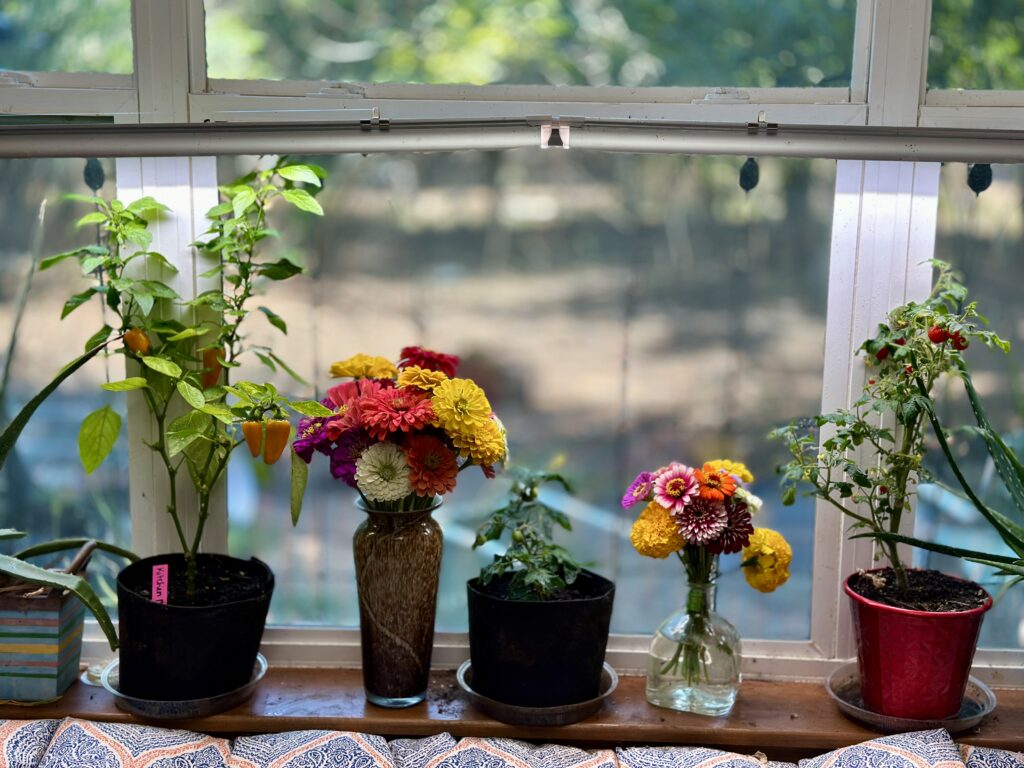
Wrapping Up Your November Garden Tasks
November may seem like a quieter month in the garden, but there’s plenty to keep you busy both indoors and out. By planting garlic, adding mulch, growing microgreens, and planning ahead, you’ll be setting up your garden for success in the coming months. Keep your indoor garden vibrant with fresh herbs, greens, and even miniature vegetables, giving you a fresh harvest all winter long.
With a little attention and care, November can be a productive and rewarding month in the garden, helping you enjoy the beauty and benefits of gardening year-round. Happy gardening!
Learn more about growing over 100 different foods, including how to manage various pests in our FREE iOS, Android, or new Universal Web App!

Carrie Spoonemore, co-founder of “From Seed to Spoon,” stands as a beacon of inspiration for gardeners and health enthusiasts alike. Her journey alongside her husband, Dale Spoonemore, in creating a platform that demystifies gardening and promotes a healthier lifestyle, has made a significant impact on individuals around the globe. Through the “From Seed to Spoon” app, Carrie has dedicated herself to empowering people to take control of their health and environment by growing their own food.
With a profound belief in the power of gardening to improve mental and physical health, Carrie’s contributions to the Seed to Spoon blog reflect her holistic approach to wellness. Her articles often focus on the nutritional benefits of homegrown fruits and vegetables, organic gardening practices, and the mental health benefits of spending time in nature. Carrie’s expertise in health science shines through in her detailed discussions on how specific plants can contribute to a balanced diet and overall well-being.
Carrie’s passion for gardening is deeply intertwined with her commitment to family and community wellness. She frequently shares personal stories of how gardening has brought her family closer together, offering practical tips for involving children in gardening activities and making it a fun, educational experience. Her writing encourages families to explore gardening as a means of spending quality time together while learning about nature and sustainability.
In addition to gardening advice, Carrie’s contributions to the blog include insights into the use of technology to enhance the gardening experience. She has played a crucial role in designing the “From Seed to Spoon” app to be user-friendly, ensuring that users of all ages and backgrounds can navigate the complexities of gardening with ease. Her vision for the app is not just as a gardening tool but as a vehicle for change, inspiring individuals to adopt a more sustainable lifestyle by growing their own food.
Carrie Spoonemore’s presence on the blog is marked by her compassionate approach to teaching and her unwavering belief in the transformative power of gardening. Her work continues to inspire a community of gardeners to pursue a healthier, more sustainable way of living, proving that with the right tools and knowledge, anyone can become a gardener and advocate for their health and the planet.

